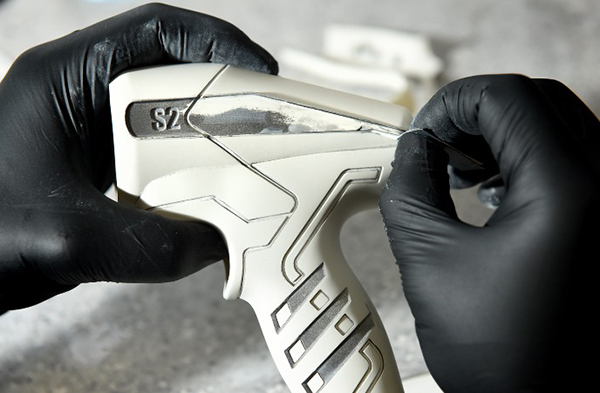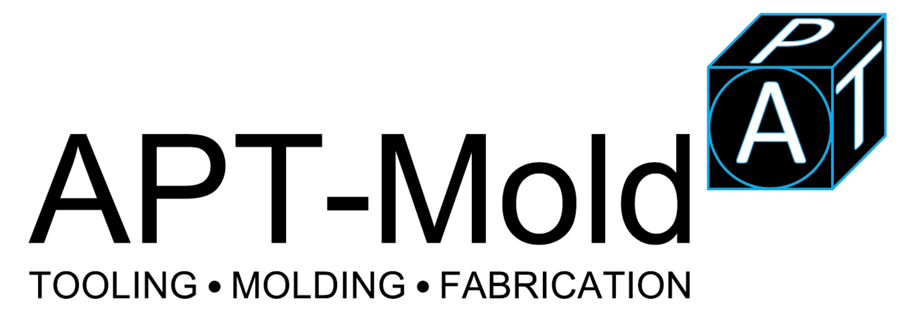Rapid prototyping is also commonly referred rapid tooling or soft tooling, but in the manufacturing world its commonly known injection mold tooling that will allow you to cheaply manufacture parts and components in a faster and effective way.
It’s vital to be able to differentiate the idea/concept and the realization as there are a wide variety of ways of getting the same result. In theory, it’s some sort of injection mold tooling that produces prototypes in a fast and affordable way allowing for experimentation and validation of parts and components before you put your whole funds into the production process.
The reason why rapid prototyping has gained so much traction amongst manufacturers and producers alike is that it provides the opportunity to validate and taste product components in different phases of the manufacturing process/product development.
However, there are other forms of production techniques that you can use such as CNC Machining, vacuum casting, and 3D printing; but the key difference is rapid prototyping produces parts or products cheaply and quickly depending on the material used.
Rapid prototyping process
Rapid prototyping is one of the quickest ways of creating a mold, it was initially introduced in the 1990s as both engineers and designers researched plastic injection molding and fond out that they can use rapid tooling technique to create molds just within a few hours.
Rapid prototyping produces hundreds if not if thousands of plastic parts before embarking on mass-production. As a result of this production technique, you can also create inserts which comprise of the cavity, center, and side action of the components or parts.
Regardless of machines that you decide to go with, it has the capacity of producing more than a thousand cycles while using a single tool. Currently, on the market, there are a wide variety of rapid tooling techniques.
One thing that stands out the most about rapid tooling comes with a wide range of benefits depending on technology, size, materials, size, consistency, and accuracy. However, as much as these tooling techniques come with a lot of benefits, they have their share of disadvantages that its important to always know before fully committing to it.

Rapid prototyping model making, *Picture from oglemodels.com
Limitations of Rapid tooling
The molds must be strong
The most must be strong to deal with the intensities of the injection molding procedure, the machines utilized are usually measured in pounds per square inch. This means only one thing, the mold material may not be tough enough, it won’t survive.
Another thing is the mold won’t be able to endure the injection of the hot material.
The mold must be smooth
Aside from the fact that the mold should be strong, the mold must also be extremely smooth especially for plastic parts so that it allows easy injection. For steel machined molds, they must be polished and smoothened allowing for a problem-free injection.
As a beginner, some of the common concerns that may arise with rapid prototyping is the build-up of material which may reduce the overall smoothness of your mold.
